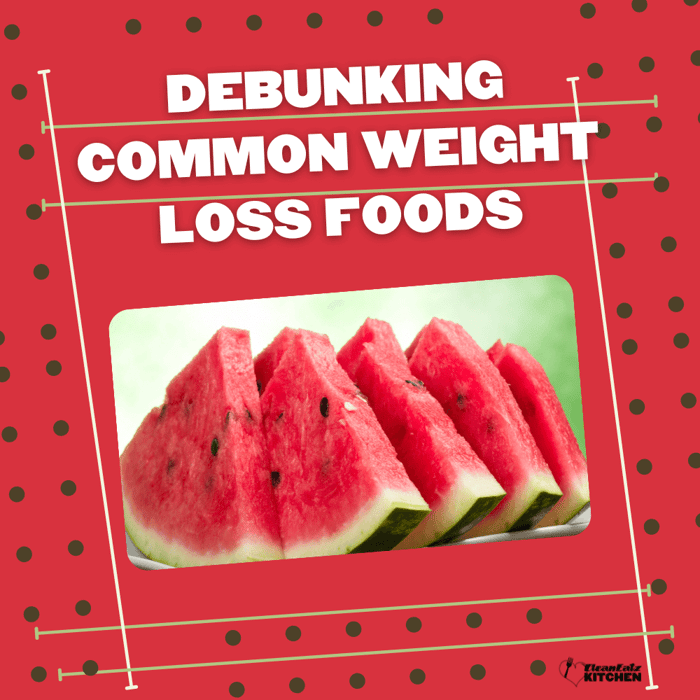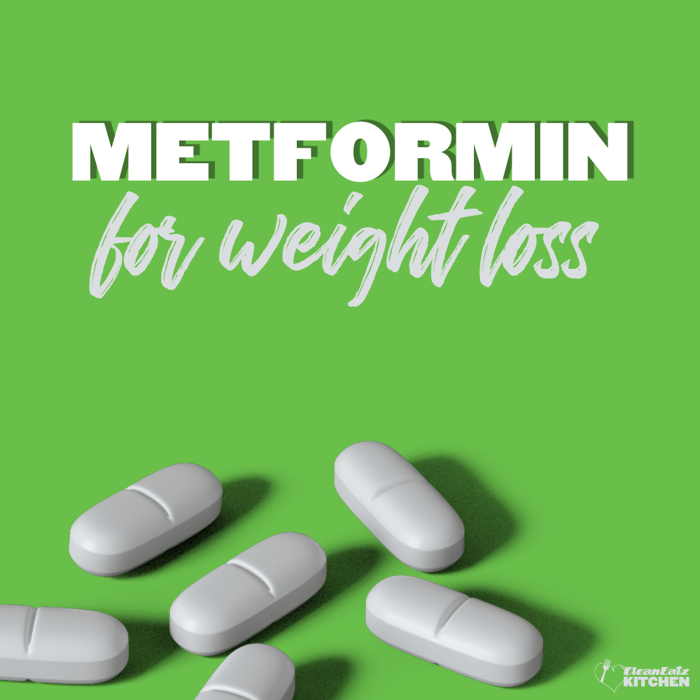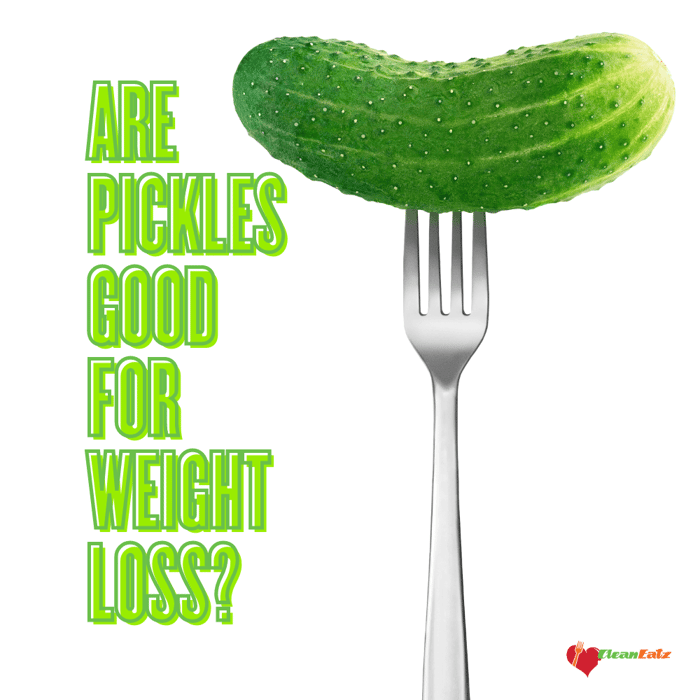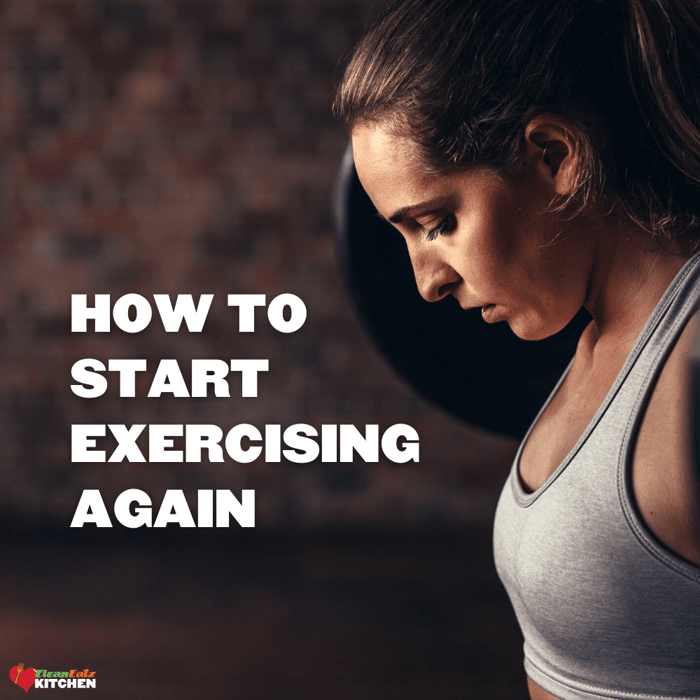What Foods Are Good for Weight Loss?

Jason Nista
Weight Loss
09/30/2025 1:20pm
4 minute read
What makes a food “good” for weight loss?
- High satiety per calorie: Protein and fiber help you feel full on fewer calories and protect lean mass while dieting.1, 2
- Low energy density: Foods rich in water/fiber (veggies, whole fruit, broth-y soups) add volume for minimal calories—great for adherence.3
- Cardiometabolic friendly: Choosing whole foods and unsaturated fats supports long-term health while you lose weight.4
Need a target? Start with our calorie-goal guide, then use high-protein basics and healthy fats guide to build meals. Prefer not to count? See portion vs. calorie counting.
Best foods list (by category)
Protein anchors (aim ~25–40 g per meal)
- Chicken/turkey (breast or thigh trimmed), lean beef/pork, fish/seafood (salmon, tuna, shrimp), eggs, tofu/tempeh, edamame, beans/lentils, Greek yogurt, cottage cheese.1
High-fiber carbs (fullness + nutrients)
- Whole grains: oats, quinoa, brown rice, farro, whole-grain pasta.
- Legumes: black beans, chickpeas, lentils (double count for protein + fiber).
- Starchy veggies: potatoes, sweet potatoes, winter squash, corn (measure portions).
Low-energy-density all-stars
- Non-starchy veggies: leafy greens, broccoli/cauli, peppers, zucchini, mushrooms, tomatoes, cucumbers, green beans.
- Whole fruit: berries, apples, pears, citrus, kiwi, melon (whole beats juice).5
- Broth-based soups & veggie-heavy salads (watch creamy dressings).
Healthy fats (for flavor & satiety—measure!)
- Oils: olive, avocado, canola; nuts/seeds (almonds, pistachios, chia, flax), avocado, fatty fish (EPA/DHA).4, 6
Helpful beverages & add-ins
- Water, unsweet tea, black coffee (keep add-ins modest).7
- Low-fat dairy/fortified soy milk for extra protein.8
- Herbs/spices, citrus, vinegar for big flavor without many calories.
Easy plate formula
- ½ plate non-starchy veggies or fruit
- ¼ plate lean protein (25–40 g per meal)
- ¼ plate high-fiber carbs (whole grains/beans/starchy veg)
- 1–2 tsp oil or a small portion of nuts/seeds for flavor
For post-workout carb timing, see post-workout carbs. Building breakfast? Try our smoothie formula.
Smart grocery list (copy this)
- Proteins: chicken breast, 93% lean turkey, salmon/tuna, eggs, Greek yogurt, cottage cheese, tofu, canned beans/lentils.
- Produce: salad mix, spinach, broccoli/cauli, peppers, zucchini, onions, berries, apples, citrus, frozen mixed veg.
- Carbs: oats, quinoa, brown rice, whole-grain wraps, potatoes/sweet potatoes, canned chickpeas/black beans.
- Fats & flavor: extra-virgin olive oil, avocado, nuts/seeds, salsa, mustard, vinegar, herbs/spices, lemon/lime.
Prefer done-for-you meals? Explore our calorie-controlled meal plans and check macros on Nutrition Info. Compare approaches in our weight-loss program guide.
Common watch-outs
- Ultra-processed “diet” snacks: can be low in volume and easy to overeat.
- Liquid calories: sugary drinks, heavy coffee drinks, and juices add up fast—keep added sugar modest.7
- Restaurant sodium/portions: sodium can cause water retention; big portions push calories high. Balance the rest of the day and check labels.9
- “Healthy fats” ≠ unlimited: oils/nut butters are calorie-dense—measure them. See how to use fats.
FAQs
Do I need to cut carbs to lose weight?
No. Choose higher-fiber carbs and hit your protein target inside a calorie deficit. Low-carb works for some, but it’s not required—see our keto stall guide for nuances.
Are fruit sugars a problem?
Whole fruit is low energy-density and comes with fiber and water. Limits mainly apply to added sugars, not fruit.5, 7
Can nuts help or hurt weight loss?
They’re filling and nutrient-dense; meta-analyses show nuts don’t cause weight gain when calories are managed. Keep portions ~1 oz.6
References
- ISSN Position Stand — Protein for dieting/exercise; practical meal dosing ~20–40 g. JISSN.
- National Academies — Adequate Intake for fiber: ~25 g/day (women), ~38 g/day (men). DRIs.
- Rolls BJ — Volumetrics & low energy-density eating to reduce calorie intake. PMC review.
- American Heart Association — Healthy patterns & unsaturated fats; limit saturated fat. heart.org.
- USDA MyPlate — Emphasize whole fruit over juice. myplate.gov.
- Systematic review/meta-analysis — Nuts do not promote weight gain in RCTs; may aid adiposity markers. Open access.
- AHA — Keep added sugar low (≈6 tsp/day women; 9 tsp/day men). heart.org.
- USDA MyPlate — Dairy group includes fortified soy milk/yogurt (protein source). myplate.gov.
- AHA — Sodium guidance: aim <2,300 mg/day; lower can benefit many. heart.org.
Educational content only; not medical advice.



